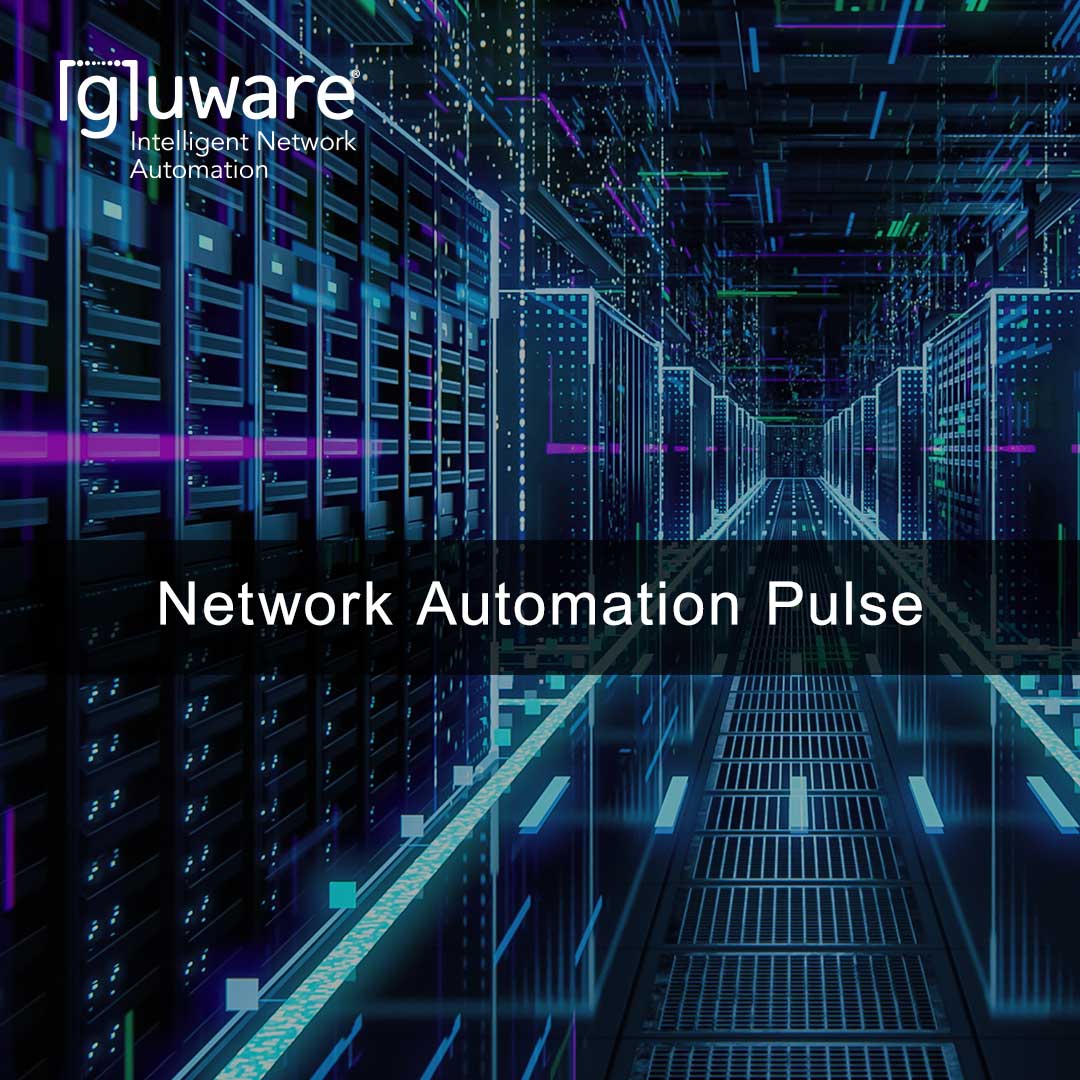By Ernest Lefner, Chief Product Officer, Gluware
“We have started automating our network with Ansible and scripts, but some advanced use cases are presenting new challenges. Now what?”
After 20 years managing enterprise networks in financial services and countless customer conversations at Gluware, I‘ve heard this question a lot. Organizations start building solid automation foundations, demonstrate clear value, and then spin their wheels when addressing the advanced use cases—the complex, mission-critical capabilities that require large scale or specialized networking expertise.
The question isn’t whether your initial automation approach was right or wrong. It’s understanding what comes next as your automation needs mature.
The Pareto Principle
Ansible, Python and custom scripts are the most common tools for foundational network automation: configuration deployments, access-list management, firewall rules, infrastructure orchestration. These capabilities represent roughly 80% of network automation activities, and there’s a reason infrastructure teams often start here. The tooling is mature, the community is robust, and initial value is achieved quickly.
The challenging 20% emerges as enterprises scale: continuous configuration drift detection and remediation, compliance auditing across heterogeneous multi-vendor environments, advanced state management, and complex variable management across thousands of devices running different firmware versions.
But here’s the paradox: that remaining 20% of capabilities often drives 80% of the strategic business value.
That Final 20% Matters
Think about the stakes of network operations in running a successful enterprise. Configuration drift detection doesn’t just catch errors, it prevents the compliance violations that cost millions. Continuous validation doesn’t just verify changes, it ensures security policies remain effective between audits. Multi-vendor abstraction doesn’t just save scripting time, it enables business agility when market opportunities demand rapid integration.
However, enterprises often hit a wall as they scale. I’ve watched this pattern repeatedly: a financial services firm deploys firewall rules efficiently, only to discover during an audit that 30% of their security policies had quietly drifted. A manufacturer builds perfect VLAN automation for Cisco, then spends nine months rewriting everything when an acquisition brings Juniper and Arista into the environment.
The cost? Delayed acquisitions. Failed audits. Stalled digital transformation initiatives while network teams firefight scalability issues. This is why that final 20% matters so much.
Without specialized capabilities to address these challenges, organizations either accept significant business limitations or dedicate engineering teams to building custom solutions for problems that purpose-built platforms have already solved. Either way, they’re leaving a lot of strategic value on the table.
The Better Together Approach
This is why we partnered with Red Hat to create Gluware’s Ansible modules. Organizations can continue using Ansible for orchestration while accessing specialized networking capabilities—config drift monitoring, compliance auditing, topology awareness, multi-vendor abstraction—through API calls within their existing playbooks.
The hidden complexity at enterprise scale isn’t about writing better scripts. It’s about challenges inherent to the networking domain: multi-vendor environments where each platform implements identical functions differently, configuration validation that must verify intended outcomes rather than just command execution, and state management across thousands of devices where firmware differences create unpredictable behaviors.
Purpose-built networking platforms handle these complexities while integrating with your existing automation investments. It’s not replacement—it’s extension.
Your Next Evolution
Organizations succeed when they recognize network automation as a maturity journey. They invest in complementary capabilities that support evolution from foundational automation through self-operating networks, building on existing work rather than starting over.
Your scripts and Ansible playbooks aren’t the problem—they’re the valuable foundation you’ll build on. The question is identifying which specialized capabilities you need to tackle that remaining 20% of complex, mission-critical automation that drives competitive advantage.
That’s the conversation I have with every enterprise that’s reached this maturity level. Because that final 20%? That’s where the real transformation happens.

About the Author
Ernest Lefner comes to Gluware with over 20 years of financial services IT Leadership experience. Ernest Lefner has held a variety of roles in his career including an executive role at Ernst & Young, and 13+ years building and leading the Fidelity Investments Network Product Management, Cyber Security Engineering organizations. In addition, Ernest spent 5 years as a change agent driving change across infrastructure at Bank of America and most notably built the Network, Voice, and Security Architecture and Engineering organizations during the insourcing of the network from HP. Ernest has also been a powerful industry presence through co-founding the industry organization known as ONUG (Open Networking Users Group) which is focused on sharing IT experiences between members to help the adoption of complex technology like software-defined infrastructure, Automation, and Cloud. Ernest also spent 12 years in the United States Air Force and is passionate about Veterans causes and gives back to the community through his participation and leadership on the North Texas advisory board for Npower organization focused on free training and transitioning of veterans and underprivileged youth into new careers in IT.

